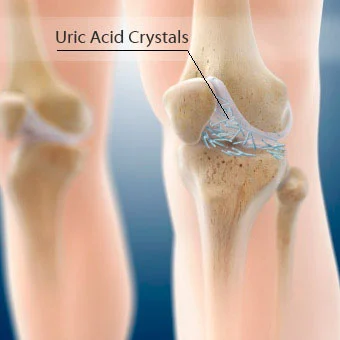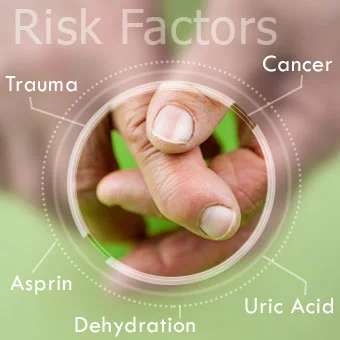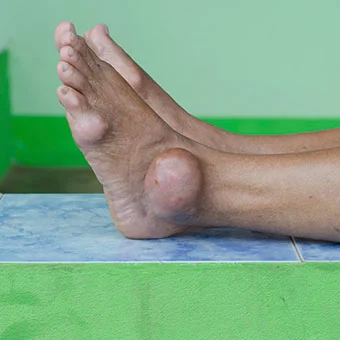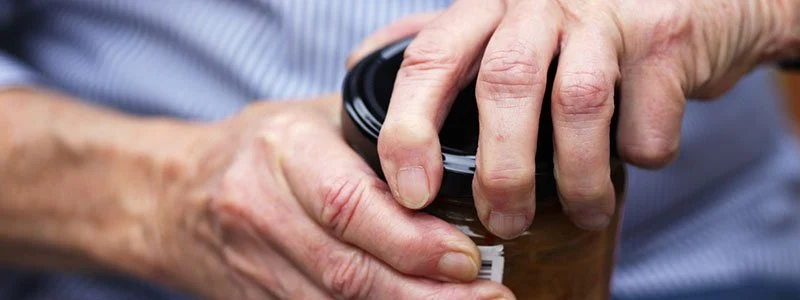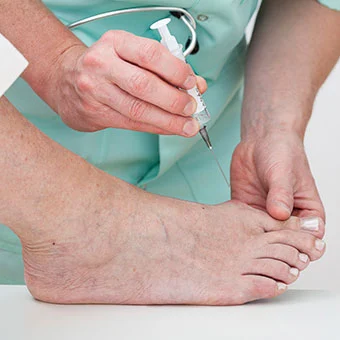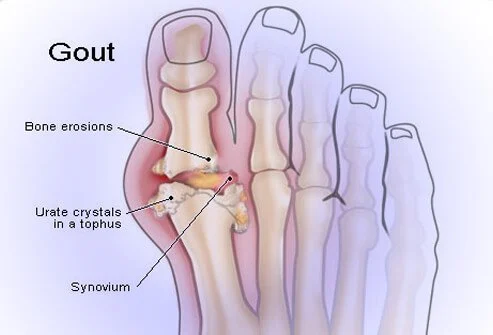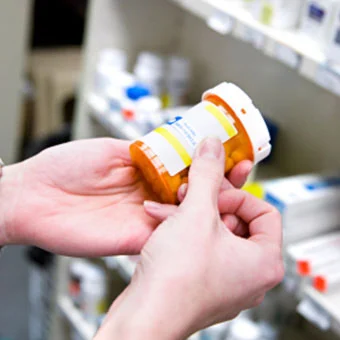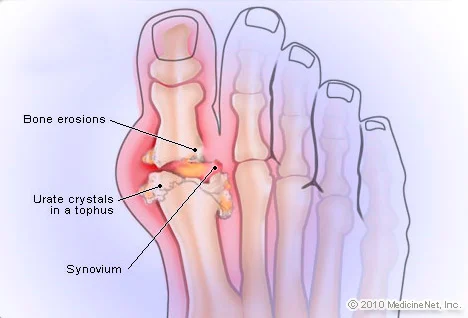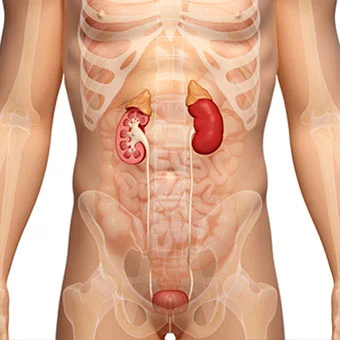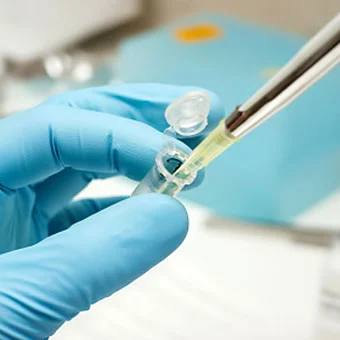What are treatments and home remedies for gout?
When gout is mild, infrequent, and uncomplicated, it can be treated with diet and lifestyle changes. However, studies have shown that even the most rigorous diet does not lower the serum uric acid enough to control severe gout, and therefore medications are generally necessary. When attacks are frequent, uric acid kidney stones have occurred, tophi are present, or there is evidence of joint damage from gout attacks, medications are typically used to lower the uric acid blood level.
Medications for the treatment of gout generally fall into one of three categories: uric-acid-lowering medications, prophylactic medications (medications used in conjunction with uric-acid-lowering medications to prevent a gout flare), and rescue medications to provide immediate relief from gout pain.
Urate-lowering medications are the primary treatment for gout. These medications decrease the total amount of uric acid in the body and lower the serum uric acid level. For most patients, the goal of uric-acid-lowering medication is to achieve a serum uric acid level of less than 6 mg/dl. These medications also are effective treatments to decrease the size of tophi, with the ultimate goal of eradicating them. Uric-acid-lowering medications include allopurinol (Zyloprim, Aloprim), febuxostat (Uloric), probenecid, and pegloticase (Krystexxa).
Prophylactic medications are used during approximately the first six months of therapy with a medication to lower high levels of uric acid to either prevent gout flares or decrease the number and severity of flares. This is because any medication or intervention that either increases or decreases the uric acid level in the bloodstream can trigger a gout attack. Colcrys (colchicine) and any of the NSAIDs (nonsteroidal anti-inflammatory drugs) such as indomethacin (Indocin, Indocin-SR), diclofenac (Voltaren, Cataflam, Voltaren-XR, Cambia), ibuprofen (Advil), or naproxen sodium (Aleve) are frequently used as prophylactic medications to prevent gout flares during uric-acid lowering. By taking one of these prophylactic or preventative medications during the first six months of treatment with allopurinol, febuxostat, or probenecid, the risk of having a gout attack during this time is decreased. Prophylactic medications are not used in combination with Krystexxa.
The third category of medications are those used during attacks of acute gout to decrease pain and inflammation. Both colchicine (Colcrys) and NSAIDs can be used during an acute gout attack to decrease inflammation and pain. Corticosteroids such as prednisone, methylprednisolone (Medrol), and prednisolone (Orapred), also can be used during an acute gouty flare. However, the total dose of steroids is generally limited due to potential side effects such as cataract formation and bone loss. Steroid medications are extremely helpful in treating gout flares in patients who are unable to take colchicine or NSAIDs.
Gout home remedies
Home remedies for an acute gout attack include drinking plenty of water. Over-the-counter NSAIDs (nonsteroidal anti-inflammatory drugs), such as ibuprofen (Advil, Motrin) and naproxen sodium (Aleve), can be used when there are no contra-indications, such as decreased kidney function or stomach ulcers.
Home remedies may be very beneficial for the management of chronic gout, as well. The dietary modifications detailed above can be very effective in certain patients. Drinking plenty of water to remain well-hydrated can be beneficial in preventing gout attacks.


